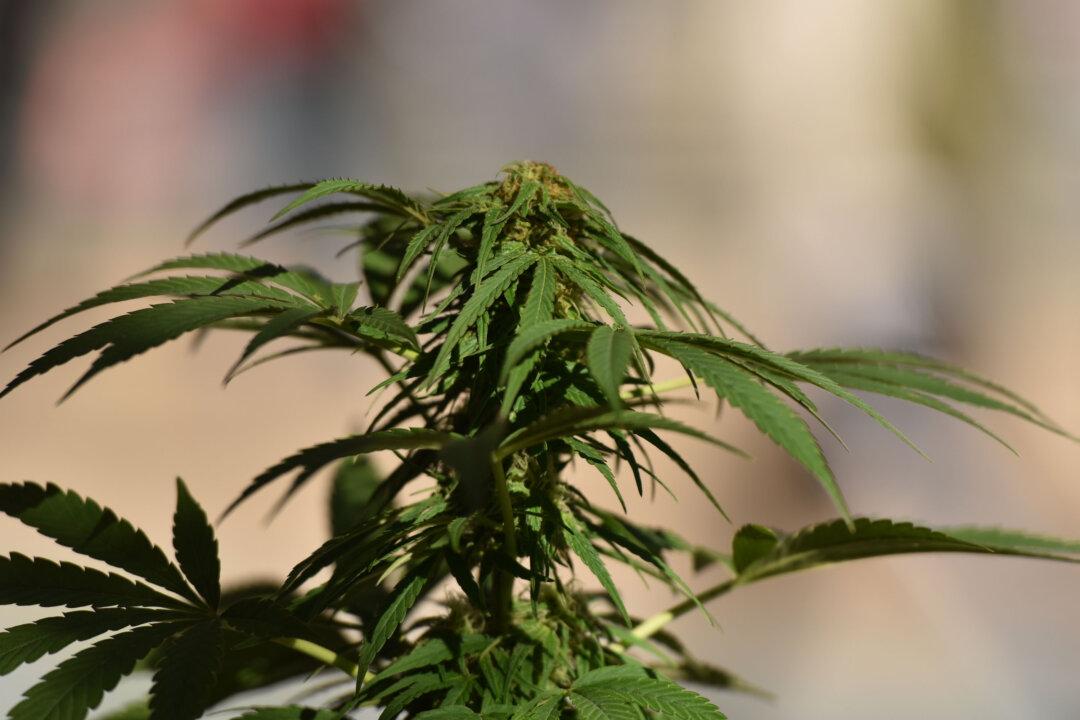In a deadly crash last year, a 20-year-old pick-up truck driver from Texas crossed a double solid-yellow centerline, drove into oncoming traffic, and collided with a bus carrying 13 passengers.
All but one of the passengers and the bus driver were killed in the collision, while the truck driver and the remaining passenger were seriously injured.




